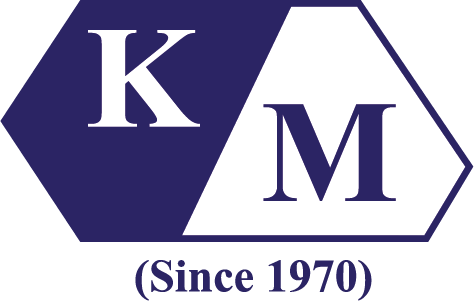ApplicationsThe Many Facets of Our Mineral
From humble filler to a finishing coat, our minerals exhibit versatility that never fails to amaze. While it is mainly used as a filler in a multitude of products, it is also used extensively in industries dealing with paper, paint, adhesive, textile, pharmaceutical, ceramics, agriculture, rubber and plastic.





In the Home
The versatile filler does its work unobtrusively and efficiently in every household, performing an ‘invisible’ but important role in binding materials together. Use of our minerals extend to insulators, mosquito coils, casters, pharmaceuticals, wall tiles and mattresses.
Making Its Mark on Adhesive and Sealant
Kaolin’s unique properties make it an excellent filler for adhesive and sealant as it will help in the binding as kaolin is a more viscous product. Besides, it is also a good barrier as it can prevent the penetration of air, gas, fire or liquid from one location through a barrier into another. Insolubility of kaolin in water and other liquids also makes it a desirable property when it is used to shut openings of concrete walls or drywall.


From Rubber to Plastic
In the rubber and plastic industries, our minerals are used mainly as reinforcing and opacifying fillers. Products with our mineral’s content(s) include shoe soles, mattress soothers, rubber mats, mudguards, hoses and fan belts.
In the Colourful World of Paint
What does a bland white product contribute to the colourful world of paint? This is where our minerals are unique. In the paint industry, it is used as an economical extender for the more expensive prime colouring pigments in paint. At the same time, it helps paint flow more smoothly and spread in a more uniform way during application.


Bringing Out the Beauty
Our minerals give wall tiles and pottery a smooth texture and finish, making it very popular for creative use
Binding Role in Agriculture
In agriculture, kaolin is used to bind and coat granular fertilizer, as separation medium for kernel and shell in palm oil processing, as filler in granular insecticide and in animal feed.

